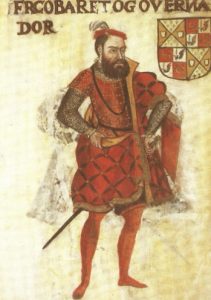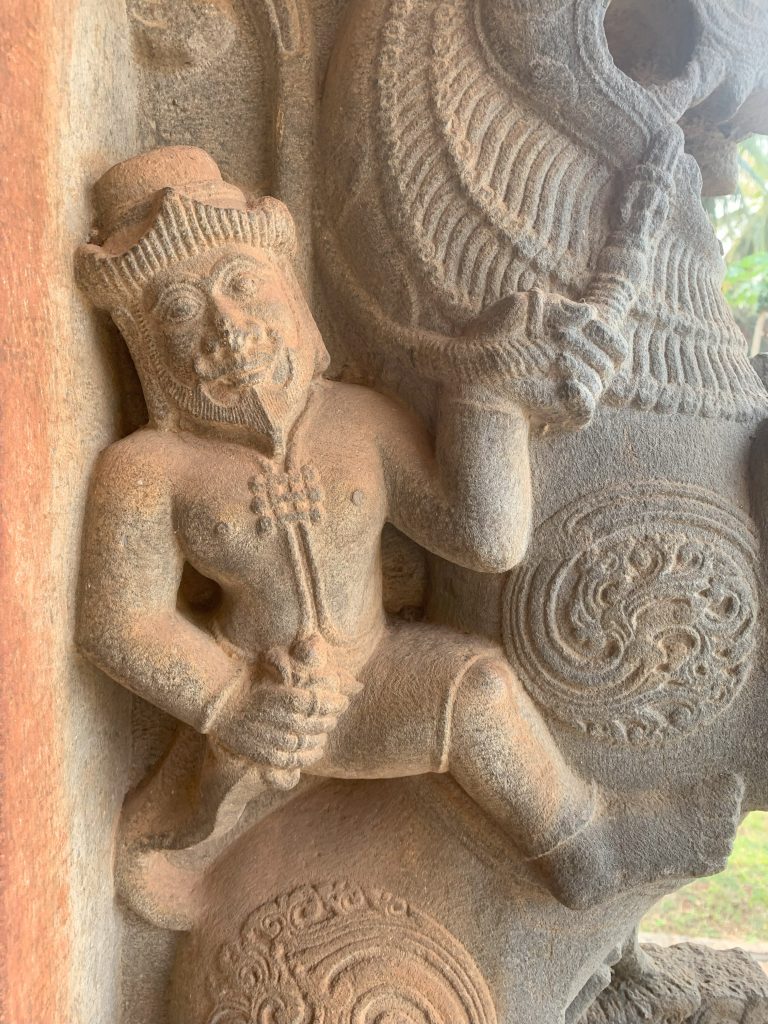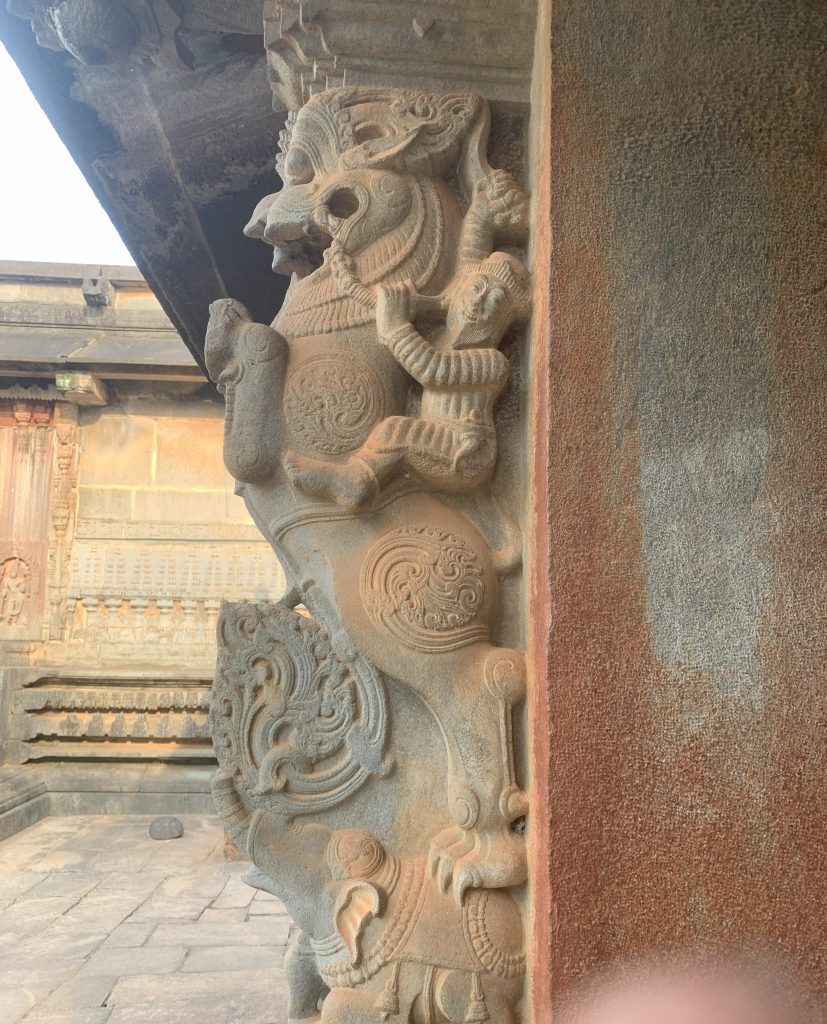

The Portuguese-Vijayanagar War of 1558 stands as a pivotal moment in Indian history, marking a significant setback for a European colonial power on Indian soil.
The conflict holds a crucial place in the foreign relations of the Vijayanagara empire. Initially, the Portuguese were not only major trading partners but also military allies. However, unforeseen events led to a militaristic stand between them.
According to prevalent historical records, the primary catalyst for the conflict stemmed from Portuguese acts of intolerance towards Hindu customs and traditions. Guided by their philosophy that ‘no faith need be kept with the heathens(Hindus),’ the Portuguese engaged not only in forceful attempts to convert but also committed atrocities during the looting and desecration of temples and other sacred native sites. The breaking point occurred when Aliya Rama Raya, the ruler of Vijayanagar, took matters into his own hands, leading a punitive expedition against the Portuguese in 1558 with the help of Dodda Sankanna Nayaka of Keladi.
In the 1558 campaign, Rama Raya strategically enlisted the support of Dodda Sankanna Nayaka, the eldest son of the Keladi ruler Sadashiva Nayaka. The Keladi chieftains had a longstanding history of loyalty to the empire, having served faithfully since the time of Vira Narasimha in 1503. Rama Raya’s confidence in their reliability was unwavering. The Keladi forces mirrored the composition of the imperial army, encompassing infantry, cavalry, elephants, and artillery.
In that terrible battle that took place on the day, the Portuguese Viceroy of India (Estado da India) Francisco Barreto was defeated and displayed in front of Aliya Ramaraya, the great general of Vijayanagar.


For this great bravery of Dodda Sankanna nayaka, Aliya Ramaraya gives him the title “Bhujakirti”, Sankanna nayaka carved relief sculptures of the Portuguese viceroy and his leading military officers on Lion-Gaja-Yaali at Akhilandeshwari temple in Ikkeri.
Aside from the Vijaya Vitthala temple and Mahanavami dibba of Hampi, the Ikkeri temple currently the sole site featuring sculptures of Portuguese?
A significant but understudied episode in the complex tapestry of Indo-Portuguese relations. Strikingly absent from the chronicles of prominent Portuguese authors of the time, such as Gaspar Correia, Joao da Barros, and Diogo da Couto, this war finds emphatic acknowledgment in Indian sources like the Shiva Tattva Ratnakara, highlighting the victorious stance of Dodda sankanna Nayaka of Keladi.
The carved sculptures of Portuguese on temple pillars depicting their defeat in the 1558 war, serving as gatekeepers and narrating this historical event.
A Portuguese depicted wearing sandals on a pillar might be Francisco Barreto, the then Portuguese Viceroy of India, but the intriguing presence of a tilak on his forehead raises questions. It is speculated that after Pedro’s son-in-law surrendered to Ramaraya, he may have been adorned with a tilak, presented with betel nut, and sent to Goa with a warning?(Ajay Kumar Sharma)
References:
- Shiva Tattva Ratnakara- encyclopedic work in Sanskrit composed by Keladi Basavaraja (1694-1714 AD)
- The Portuguese Vijayanagar war of 1558- Krishna Kumar
- Ajay kumar Sharma – Independent Historian, Shimoga

Good job done on presenting the historical facts !
Wonderful piece of information presented immaculately.